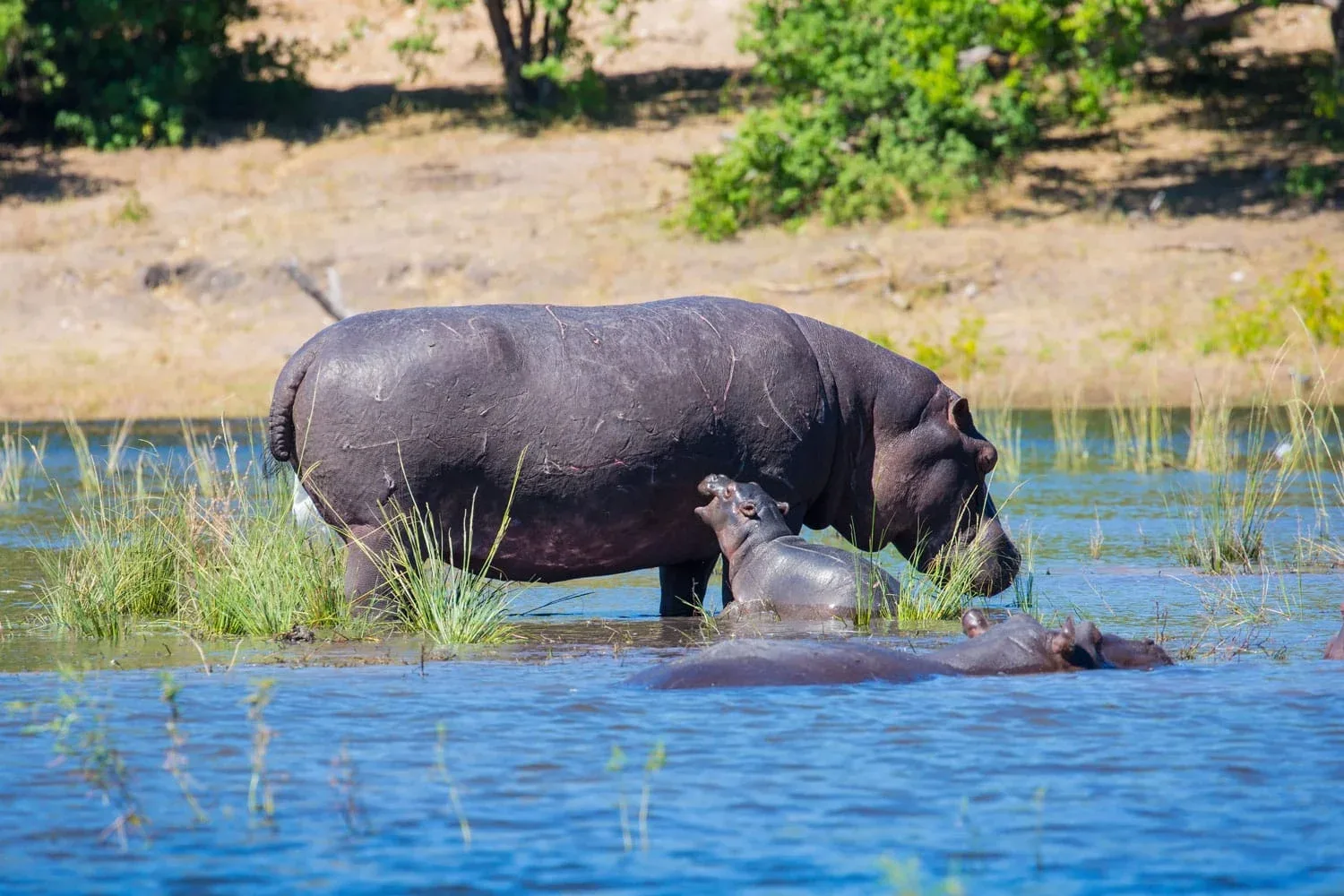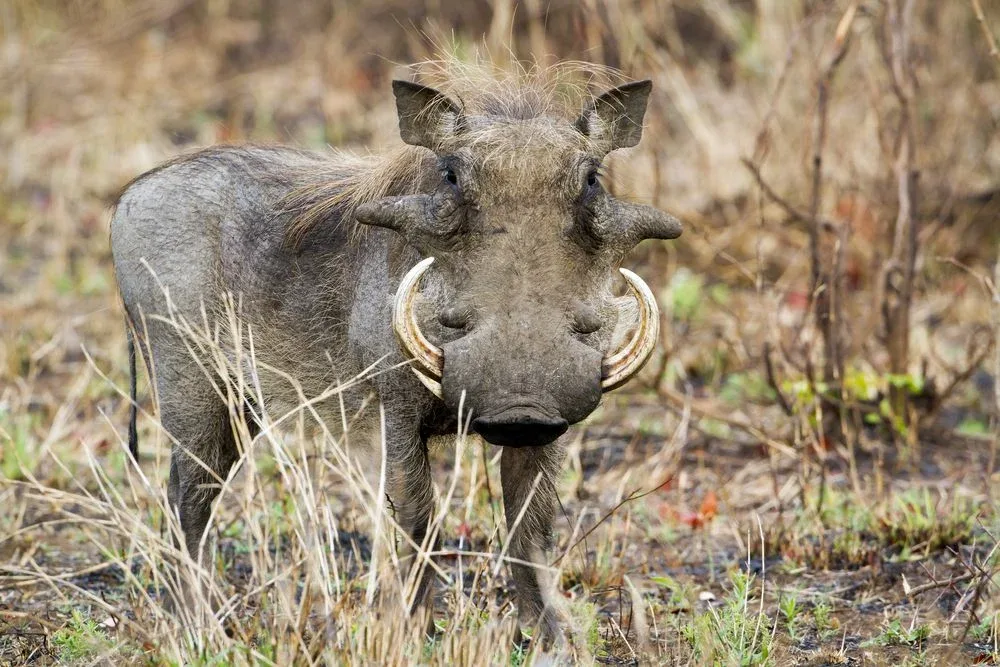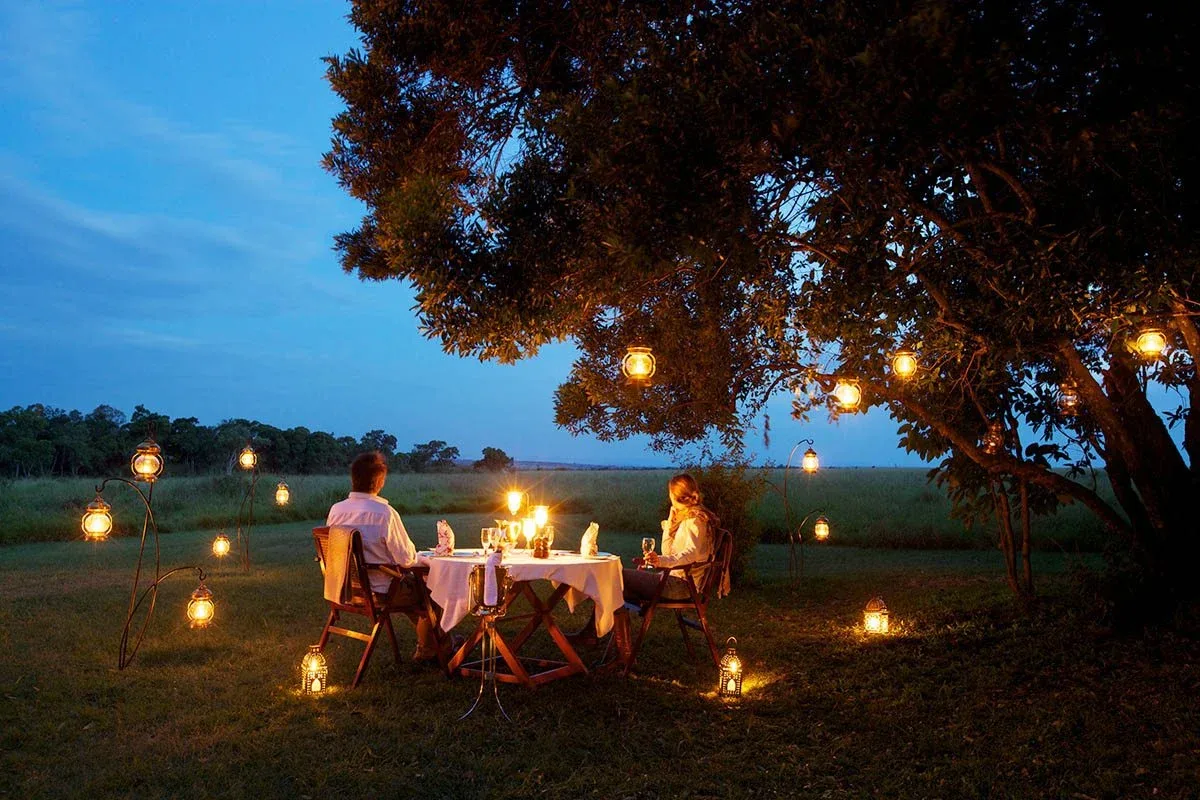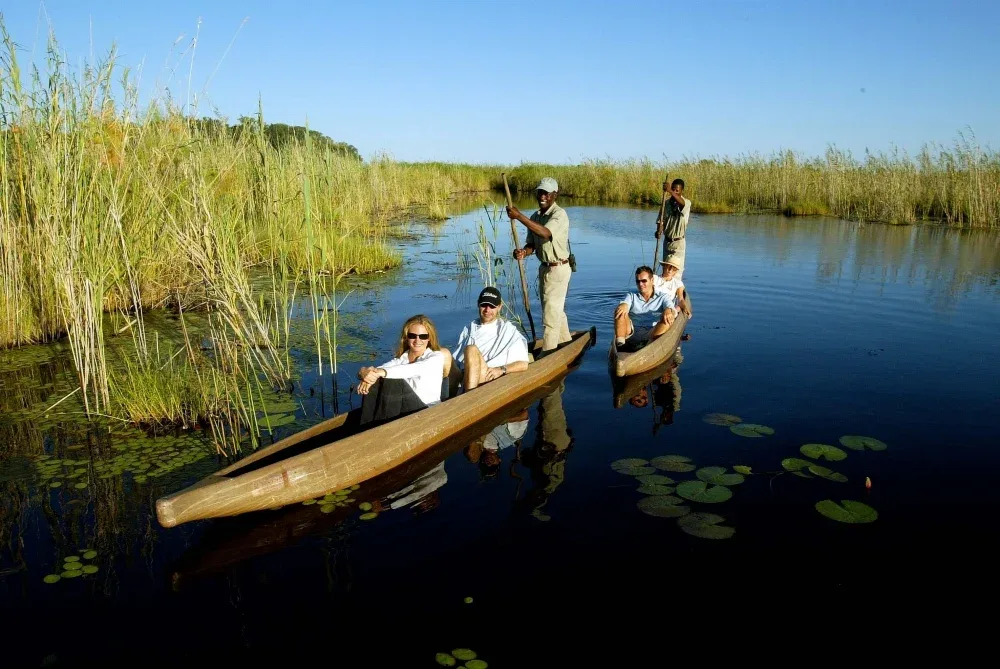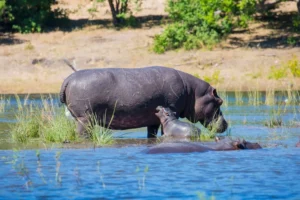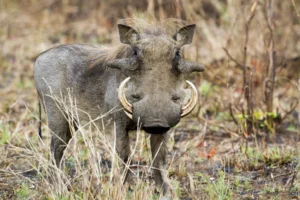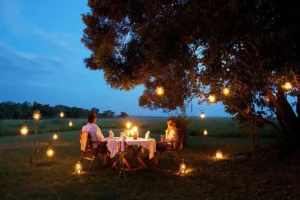Discover essential information about the Okavango Delta. Learn about its unique ecosystem, diverse wildlife, and the significance of this UNESCO World Heritage site in Botswana, perfect for travelers and nature enthusiasts seeking to explore one of Africa’s most stunning natural wonders.
The Okavango Delta is one of the most beautiful places in Africa, with its stunning scenery and unique ecosystem. It’s also one of the most popular destinations for travelers looking to explore natural wonders or take a vacation with their families. But did you know that there are ten facts about this incredible region? Here they are:
The Okavango Delta is one of the Seven Natural Wonders of Africa.
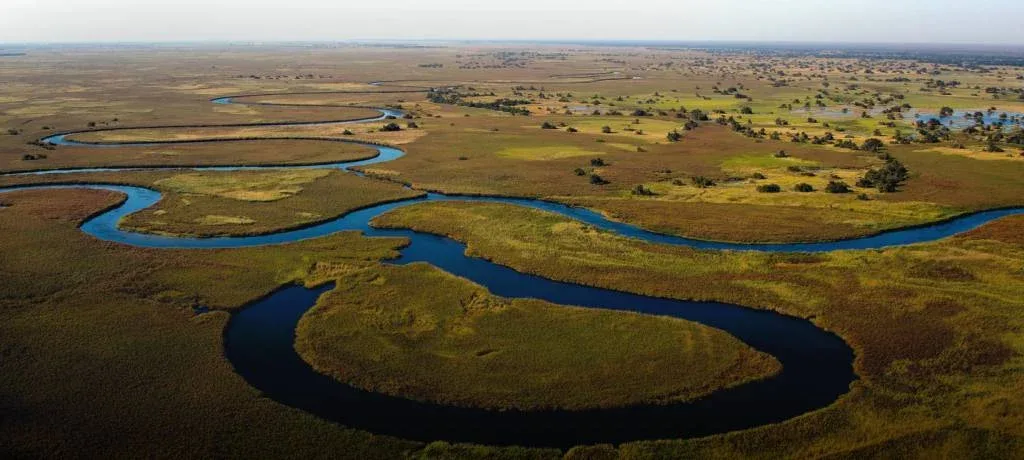
The Okavango Delta is one of the Seven Natural Wonders of Africa. It’s also the largest inland delta in the world and was added to UNESCO’s World Heritage Site list in 1979. If you’re planning a trip to Botswana and want to see this wonder for yourself, here are some facts about it:
- The Okavango Delta covers an area over ten times New York City’s Central Park (about 3 million acres).
- It’s home to hundreds of species of wildlife; among them are elephants, hippos, giraffes, and lions—and about half of those animals can be found year-round!
The Okavango Delta is more than three times the size of Luxembourg.
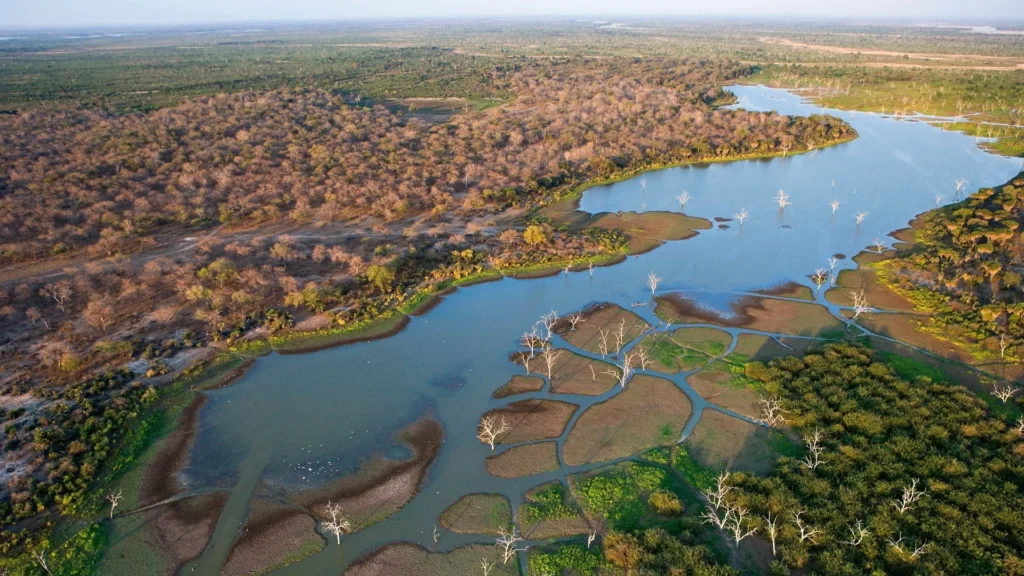
The Okavango Delta is more than three times the size of Luxembourg.
The Okavango Delta is the largest inland delta in the world, and it extends over a distance of 900 km from the Angolan border to Zambia. It is located in Botswana, Africa. The population of this area varies from 10 million to 15 million depending on whether you include or exclude the Makalolo minority group – who live around Makalolo Island near Chobe National Park (which has been declared an ecoregion).
This famous wetland area is filled to the brim with wildlife.

The Okavango Delta is home to many species of animals. The area is a refuge for many animals threatened by poaching and habitat destruction.
The Delta has been recognized as one of Africa’s most important waterbird sites, with over 400 species recorded there! Great white pelicans are also found here; they’ve been spotted nesting on islands along the river (as well as in Botswana). Other birds include flamingos, spoonbills, and ducks. There is also plenty of fish; some species live only in this wetland environment, while others migrate from elsewhere during dry seasons because they need clean water for breeding purposes.
The climate in this area of Africa is unlike anywhere else on Earth.
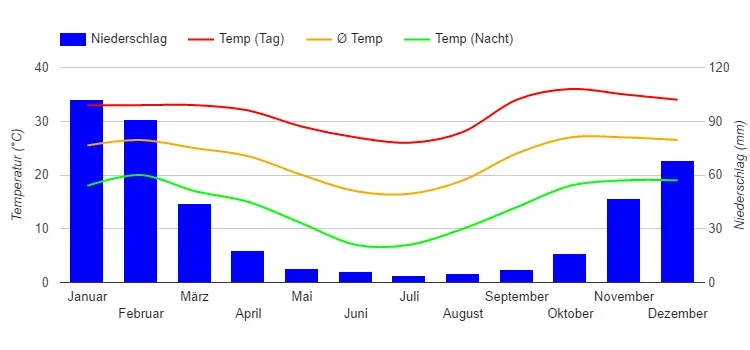
The Okavango Delta is a large wetland area with a unique climate. It’s created by the interaction of land and water, which results in many different plants growing on both sides of this flat landscape. The grasses absorb water from raindrops, while plants like reeds and shrubs also hold onto them.
A massive amount of water flows through the Delta every year.
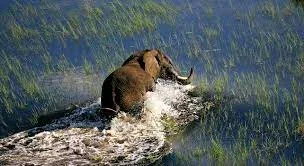
The Okavango Delta is home to the largest inland delta in Africa and one of the largest on Earth. It’s fed by seasonal rains and floods from the Okavango River, which originates in Angola before flowing through Namibia and Botswana before meeting the Kalahari Desert. This means that there is always plenty of fresh water coming into this area during certain seasons; however, it also means that there can be some significant changes to how much water flows through this region, depending on how much rain falls during those months!
The average annual rainfall at Okavango Delta is roughly 15 inches per year–about half as much as Los Angeles gets each year–and this amount varies significantly across time due to changes in global climate patterns like El Niño or La Niña events (which influence temperature patterns around South America).
Botswana’s government uses a unique approach to protect this natural wonder.
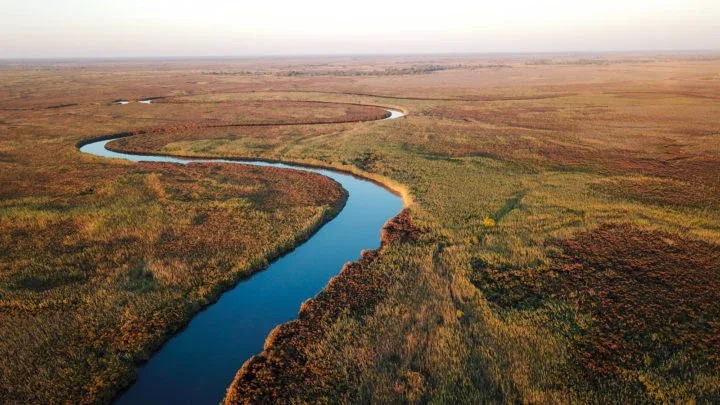
The Botswana government has created a series of protected areas around the Delta and banned hunting and fishing in the area. They’ve also banned development in the area, as well as mining.
This is an exciting approach to protecting an ecosystem like this—and it’s one that we’ve seen work elsewhere (like with our national parks).
It’s essential to follow a few rules when visiting this pristine region.

While you’re in the Okavango Delta, there are a few things to keep in mind. First and foremost, don’t take anything from the area (except for your camera). Animals can be aggressive when hungry, and if you disturb them by taking food or other items from their habitat, they may also become aggressive toward humans.
Second: don’t feed any animals! The native species rely on each other for survival; leaving food out for them will only cause problems later down the road.
Third: don’t litter! Many campsites have designated bins where visitors can dispose of their refuse correctly before heading back into town or onto another adventure next door at another campground—this helps keep our beautiful Delta clean while also saving resources like wood chips which could otherwise be used elsewhere instead…
There are plenty of activities to enjoy while visiting this region.

Walking: The Okavango Delta is a fantastic place to explore on foot, and it doesn’t matter if you’re a seasoned hiker or someone who prefers a more manageable pace. You can easily take your time in this part of Botswana, stopping at various points along the way to admire both wildlife and vegetation. Suppose you’re looking for something more active. In that case, there are many opportunities for more intense adventures through the Delta by canoeing (which we recommend), hiking through the bush with a guide who knows how best to navigate safely through dangerous terrain—or even horseback riding!
Birdwatching: If birdwatching isn’t your thing but you still want some great views from above, consider taking up scuba diving instead! The diving spots near Savuti Dam offer fantastic views of crocodiles basking on its banks during the dry season when water levels are low enough so people can reach them safely without getting too close (but still close enough).
A visit to the Okavango Delta can be the trip of a lifetime.
It’s also the perfect living place, offering incredible scenery, wildlife, and activities. But before you go on your trip, there are some things you need to know about the Okavango Delta so that it can be a fantastic experience for everyone involved!
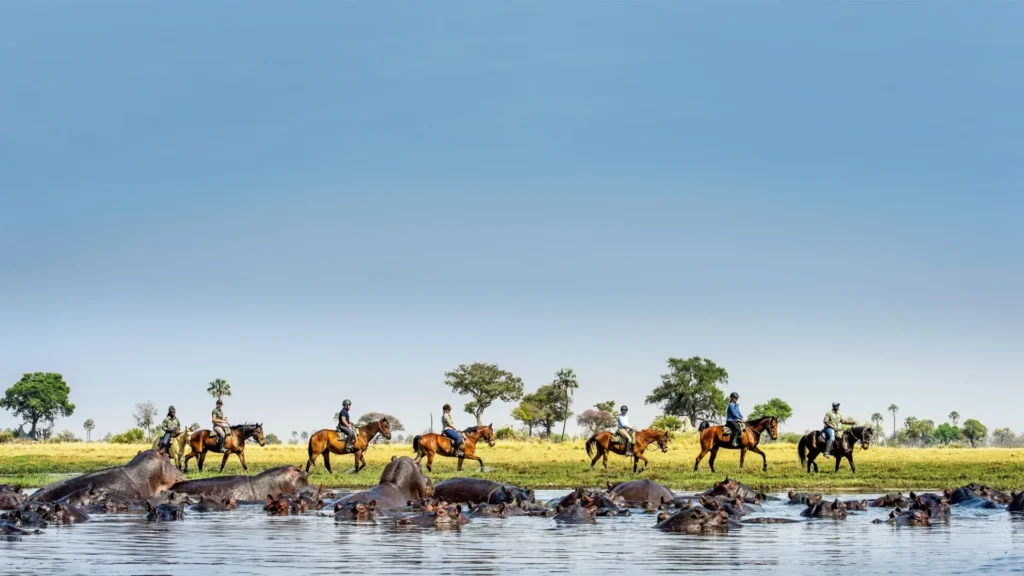
To begin with, the rules of visiting this area vary depending on where in Namibia or Botswana you’re traveling from. If you’re visiting from South Africa, then most people will follow these same guidelines: don’t drive into any water unless necessary (like crossing rivers), and make sure that all vehicles have their tires inflated adequately before leaving home; if someone wants directions from anywhere else within Namibia/Botswana then always ask first rather than taking off without asking anyone else first…this way everyone gets what they want out of their trip too!
Conclusion
In conclusion, the Okavango Delta stands as a testament to the wonders of nature, with its intricate waterways, rich biodiversity, and unique ecological significance. As a UNESCO World Heritage site, it continues to captivate and inspire visitors, offering unforgettable experiences that highlight the importance of preserving our natural heritage for future generations.

